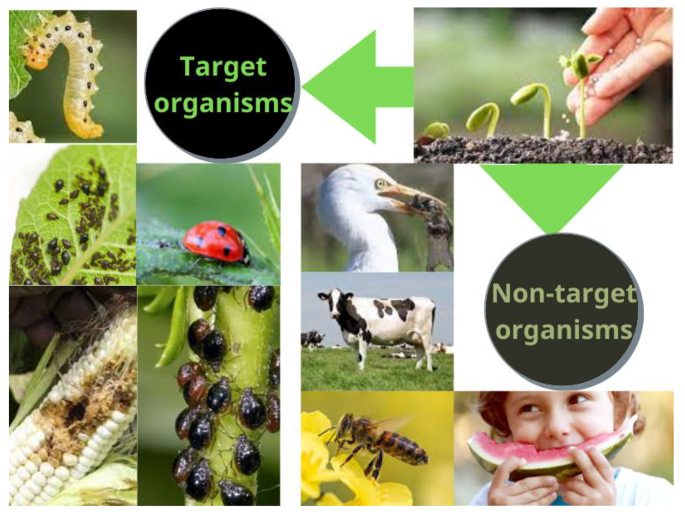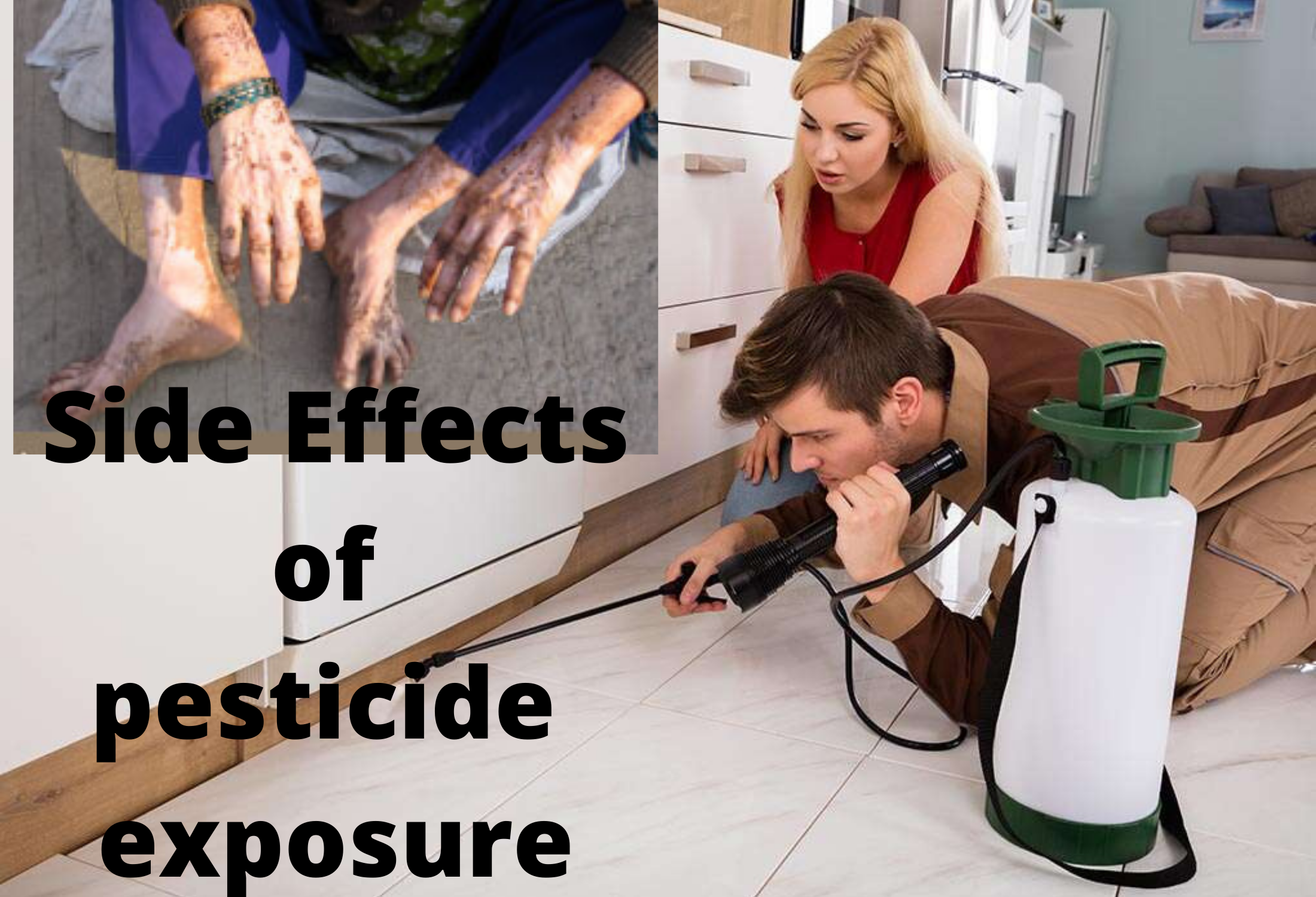Eco Bed Bug Exterminators Dc Can Be Fun For Everyone
Table of ContentsThe Basic Principles Of Eco Bed Bug Exterminators Dc More About Eco Bed Bug Exterminators DcThe smart Trick of Eco Bed Bug Exterminators Dc That Nobody is DiscussingThe Of Eco Bed Bug Exterminators DcOur Eco Bed Bug Exterminators Dc Diaries
Because chemicals are toxic, they are likewise potentially dangerous to humans, animals, various other microorganisms, and the setting. Individuals that use chemicals or routinely come in contact with them must understand the relative toxicity, prospective health impacts, and preventative actions to minimize direct exposure to the items they utilize. Hazard, or danger, of using chemicals is the possibility for injury, or the degree of threat associated with using a chemical under a given set of problems.
However, applicators can decrease or almost get rid of exposure-- and hence reduce danger-- by following the tag instructions, using personal protective clothes and tools (PPE), and taking care of the pesticide appropriately. For instance, greater than 95 percent of all chemical direct exposures come from dermal direct exposure, primarily to the hands and lower arms. By using a set of unlined, chemical-resistant handwear covers, this kind of direct exposure can be almost removed.
The unsafe impacts that take place from a single direct exposure by any kind of path of access are termed "severe results." The four paths of direct exposure are dermal (skin), breathing (lungs), dental (mouth), and the eyes. Severe poisoning is figured out by checking out the facial poisoning, inhalation poisoning, and dental poisoning of guinea pig.
Some Known Details About Eco Bed Bug Exterminators Dc
Intense poisoning is measured as the amount or focus of a toxicant-- the a.i.-- called for to eliminate 50 percent of the animals in an examination population. This step is generally revealed as the LD50 (deadly dosage 50) or the LC50 (deadly concentration 50). Furthermore, the LD50 and LC50 values are based on a solitary dosage and are recorded in milligrams of pesticide per kilo of body weight (mg/kg) of the test pet or partly per million (ppm).
The lower the LD50 or LC50 value of a pesticide product, the better its poisoning to human beings and animals. Chemicals with a high LD50 are the least toxic to people if used according to the directions on the item tag. The chronic poisoning of a chemical is figured out by subjecting guinea pig to long-lasting exposure to the energetic component.
The chronic toxicity of a chemical is harder than intense toxicity to establish through laboratory evaluation. Products are classified on the basis of their family member severe toxicity (their LD50 or LC50 values). Chemicals that are identified as extremely harmful (Toxicity Group I) on the basis of either dental, dermal, or breathing poisoning have to have the signal words threat and poisonous substance published in red with a skull and crossbones icon plainly showed on the front panel of the plan label.
The severe (single dose) dental LD50 for pesticide products in this team ranges from a trace amount to 50 mg/kg. As an example, direct exposure of a few declines of a material taken orally might be fatal to a 150-pound person. Some chemical items have simply the signal word threat, which tells you nothing regarding the acute toxicity, just that the product can cause extreme eye damages or severe skin irritability
Getting The Eco Bed Bug Exterminators Dc To Work
In this classification, the acute dental LD50 ranges from 50 to 500 mg/kg. A teaspoon to an ounce of this product could be deadly to a 150-pound individual (exterminator DC). Chemical items identified as either slightly hazardous or relatively harmless (Toxicity Groups III and IV) are called for to have the signal word care on the pesticide tag

The Ultimate Guide To Eco Bed Bug Exterminators Dc
All pesticide toxicity values, worths the Consisting of, can be found on located product's Item Safety Product Safety and security (MSDS). Chemical labels and MSDS can be gotten from retailers or produces. On top of that, the majority of products also have information that can be discovered on the Internet. The signs of pesticide poisoning can range from a light skin irritability to coma or also death.
Individuals additionally differ in their sensitivity to various levels of these chemicals. Some individuals may show no reaction to a direct exposure that may cause serious ailment in others (bed bug heater rentals). Since of prospective health and wellness worries, chemical users and trainers must acknowledge the common signs and signs of pesticide poisoning. The impacts, or symptoms, of pesticide poisoning can be generally defined as either topical or systemic.
Some Known Questions About Eco Bed Bug Exterminators Dc.
Dermatitis, or inflammation of the skin, is accepted as one of the most commonly reported topical result connected with pesticide direct exposure. Signs and symptoms of dermatitis range from reddening of click to investigate the skin to rashes and/or sores. Some individuals tend to cough, wheeze, or sneeze when exposed to chemical sprays. Some people respond to the strong odor and irritating effects of petroleum distillates made use of as carriers in chemical products.
This sign generally subsides within a couple of mins after an individual is removed from the exposure to the toxic irritant. However, a response to a pesticide item that causes a person not just to sneeze and cough but additionally to establish extreme acute respiratory signs and symptoms is more probable to be a real hypersensitivity or allergic reaction.
Systemic results are quite different from topical impacts. They typically happen far from the original factor of call as a result of the chemical being soaked up into and dispersed throughout the body. Systemic impacts commonly include nausea or vomiting, throwing up, exhaustion, frustration, and digestive tract conditions. In sophisticated poisoning instances, the individual might experience adjustments in heart price, problem breathing, convulsions, and coma, which could result in fatality.